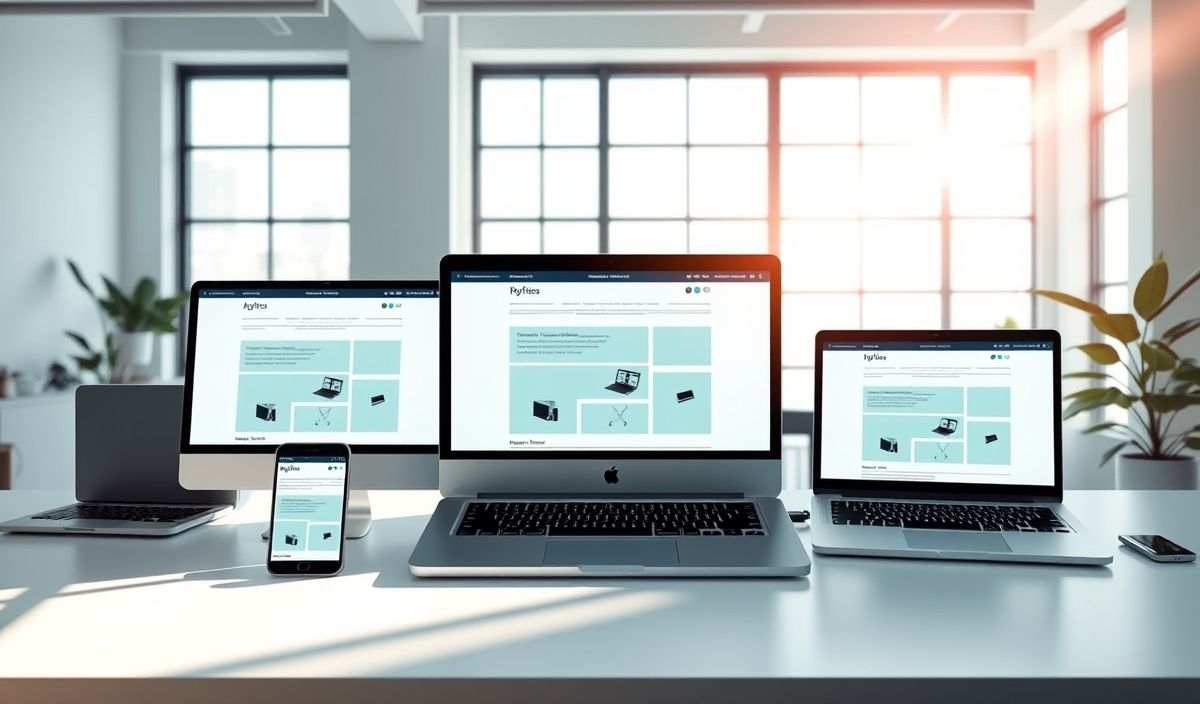Welcome to Responsify
Responsify is a highly versatile library designed to help developers create responsive web applications with ease. With a plethora of APIs at your disposal, you can streamline your development process and ensure that your web apps are optimized for all devices.
API Documentation
1. initialize()
Initializes the Responsify environment.
Responsify.initialize({
breakpoints: {
mobile: 480,
tablet: 768,
desktop: 1024
}
});
2. isMobile()
Checks if the current device is a mobile device.
if (Responsify.isMobile()){
console.log('This is a mobile device.');
}
3. isTablet()
Checks if the current device is a tablet.
if (Responsify.isTablet()){
console.log('This is a tablet device.');
}
4. isDesktop()
Checks if the current device is a desktop.
if (Responsify.isDesktop()){
console.log('This is a desktop device.');
}
5. onResize()
Registers a callback function to be invoked when the window is resized.
Responsify.onResize(() => {
console.log('The window has been resized.');
});
6. getBreakpoint()
Returns the current active breakpoint.
const currentBreakpoint = Responsify.getBreakpoint();
console.log(`Current breakpoint: ${currentBreakpoint}`);
7. createResponsiveElement()
Creates a responsive element that adjusts based on the current viewport size.
const element = Responsify.createResponsiveElement('div', {
mobile: 'Mobile content',
tablet: 'Tablet content',
desktop: 'Desktop content'
});
document.body.appendChild(element);
8. mediaQuery()
Provides custom media query listeners.
Responsify.mediaQuery('(max-width: 480px)', (matches) => {
if (matches) {
console.log('The viewport is 480px or smaller.');
}
});
9. setCustomBreakpoints()
Allows setting custom breakpoints for the application.
Responsify.setCustomBreakpoints({
small: 600,
medium: 900,
large: 1200
});
10. supportsFeature()
Checks if a specific feature is supported by the current environment.
if (Responsify.supportsFeature('flexbox')) {
console.log('Flexbox is supported.');
}
Example App Using Responsify
Here’s a simple example of a web app that utilizes various Responsify APIs to deliver a seamless user experience across devices:
// Initial setup
Responsify.initialize({
breakpoints: {
mobile: 480,
tablet: 768,
desktop: 1024
}
});
// Create responsive elements
const header = Responsify.createResponsiveElement('header', {
mobile: 'Mobile Header',
tablet: 'Tablet Header',
desktop: 'Desktop Header'
});
const content = Responsify.createResponsiveElement('div', {
mobile: 'Mobile Content',
tablet: 'Tablet Content',
desktop: 'Desktop Content'
});
const footer = Responsify.createResponsiveElement('footer', {
mobile: 'Mobile Footer',
tablet: 'Tablet Footer',
desktop: 'Desktop Footer'
});
// Append elements to the body
document.body.appendChild(header);
document.body.appendChild(content);
document.body.appendChild(footer);
// Responsive logic
Responsify.onResize(() => {
console.log(`Current breakpoint: ${Responsify.getBreakpoint()}`);
});
With these APIs and the example app, you can see how Responsify can help you build responsive web applications efficiently. Start using Responsify today to enhance your web development process!
Hash: 83be562cf07b420d1a4878e31797acd4f11344eaa8c3d20f4048e1c75e4e110f




